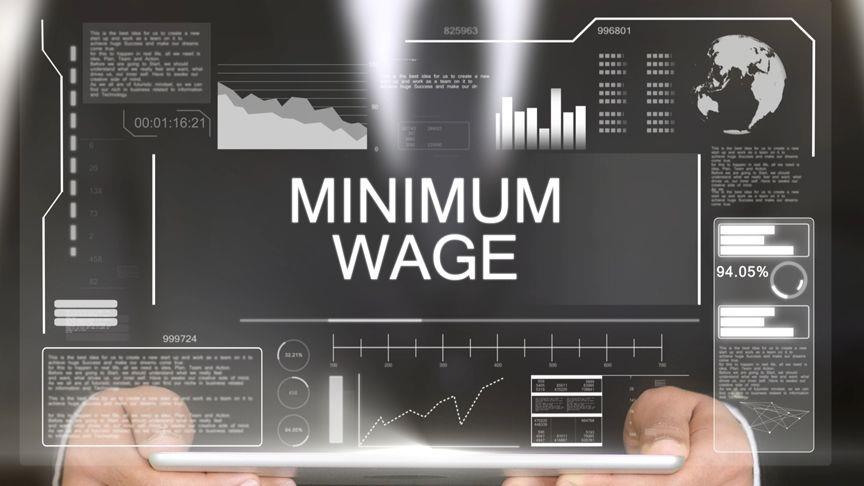In the intricate tapestry of economic policies, minimum wage laws are a pivotal thread woven with good intentions and contentious debates. As the nation grapples with financial challenges, a closer examination of the historical trajectory of these laws becomes crucial, shedding light on their evolution and the criticisms they face.
The origins of minimum wage laws in the United States trace back to the early 20th century. The first federal minimum wage was established under the Fair Labor Standards Act (FLSA) in 1938, during the administration of President Franklin D. Roosevelt. The initial purpose was to address the exploitation of workers during the Great Depression and set a baseline for fair compensation.
Over the decades, minimum wage laws have undergone numerous amendments, with Democratic and Republican administrations contributing to their evolution. The periodic adjustments aimed to keep pace with inflation and the changing economic landscape, reflecting a bipartisan recognition of the importance of ensuring American workers' decent living standards.
While the intentions behind raising the minimum wage are rooted in promoting economic justice and fairness, critics argue that the practical implications reveal a more nuanced story. Advocates assert that increasing the minimum wage uplifts workers and stimulates economic growth. However, detractors raise concerns about unintended consequences and the potential drawbacks of such policies.
One consistent criticism across the historical spectrum pertains to the strain minimum wage increases impose on small businesses. Small enterprises operate on tighter profit margins, unlike large corporations with substantial resources. Throughout the years, business owners have expressed concerns that escalated labor costs could lead to workforce reductions, hindering job creation and stifling economic growth.
 |
| File Photo |
Critics argue that raising the minimum wage, while a well-intentioned endeavor, fails to address the root causes of economic challenges. As wages inflate, so too does the cost of goods and services. This phenomenon can trigger a cycle of rising prices, eroding the purchasing power of workers and potentially negating the intended benefits of higher wages.
Critics advocating for a conservative approach emphasize the need for a careful balance between compassion for workers and understanding economic realities. Throughout different administrations, conservatives have suggested alternative solutions, such as targeted tax incentives for small businesses, workforce development programs, and holistic reforms that address the root causes of economic disparities.
As minimum wage laws remain a focal point of economic discourse, the historical journey from their inception to the present provides valuable insights. Navigating the complexities of these laws requires a nuanced understanding of their evolution, considering both their historical context and the contemporary challenges they pose. Striking a balance that supports workers without jeopardizing the viability of businesses and job opportunities remains an ongoing imperative. Critics, rooted in conservative perspectives, advocate for comprehensive solutions that address the nuanced challenges within the economic landscape, ensuring a sustainable and equitable future for all.
